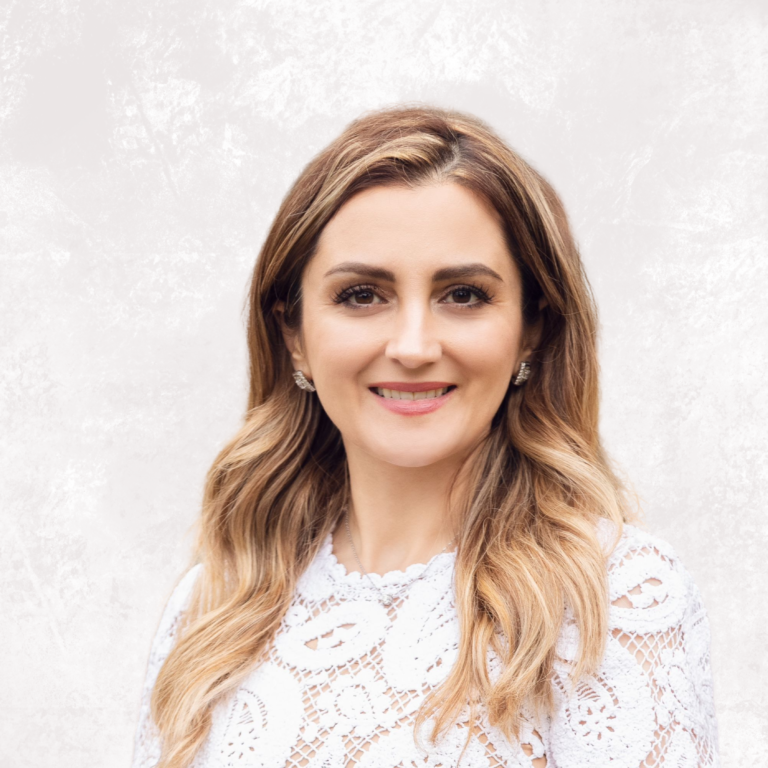
Pharmacists, social workers, and dental hygienists are now eligible for category-based draws, increasing their chances of obtaining Canadian permanent residence (PR) through Express Entry.
On February 27, 2025, Immigration, Refugees and Citizenship Canada (IRCC) introduced significant changes to Express Entry categories.
Check Your Eligibility for Category-Based Draws
IRCC introduced a new category (Education) and removed the Transport category while also making several updates to existing categories.
One key change is the expansion of the healthcare category to include social service occupations.
This article covers:
- Eligible occupations under the updated Healthcare and Social Service category
- How to assess if your work experience qualifies
- A list of newly eligible occupations with example job titles
- How Express Entry categories can improve chances of obtaining Canadian PR
Occupations in the Healthcare and Social Service Category
Canada uses the National Occupation Classification (NOC) system to categorize jobs based on their responsibilities.
Below is a table listing occupations under the revised healthcare and social services category. Newly added occupations in 2025 are highlighted in bold.
| Job Title | NOC Code |
|---|---|
| Animal health technologists and veterinary technicians | 32104 |
| Audiologists and speech-language pathologists | 31112 |
| Cardiology technologists and electrophysiological diagnostic technologists | 32123 |
| Chiropractors | 31201 |
| Dental hygienists and dental therapists | 32111 |
| Dentists | 31110 |
| Dieticians and nutritionists | 31121 |
| General practitioners and family physicians | 31102 |
| Licensed practical nurses | 32101 |
| Massage therapists | 32201 |
| Medical laboratory assistants and related technical occupations | 33101 |
| Medical laboratory technologists | 32120 |
| Medical radiation technologists | 32121 |
| Medical sonographers | 32122 |
| Nurse aides, orderlies and patient service associates | 33102 |
| Nurse practitioners | 31302 |
| Nursing coordinators and supervisors | 31300 |
| Occupational therapists | 31203 |
| Optometrists | 31111 |
| Other medical technologists and technicians | 32129 |
| Other professional occupations in health diagnosing and treating | 31209 |
| Other technical occupations in therapy and assessment | 32109 |
| Paramedical occupations | 32102 |
| Pharmacists | 31120 |
| Pharmacy technical assistants and pharmacy assistants | 33103 |
| Pharmacy technicians | 32124 |
| Physician assistants, midwives, and allied health professionals | 31303 |
| Physiotherapists | 31202 |
| Psychologists | 31200 |
| Registered nurses and registered psychiatric nurses | 31301 |
| Respiratory therapists, clinical perfusionists, and cardiopulmonary technologists | 32103 |
| Social and community service workers | 42201 |
| Social workers | 41300 |
| Specialists in clinical and laboratory medicine | 31100 |
| Specialists in surgery | 31101 |
| Therapists in counseling and related specialized therapies | 41301 |
| Veterinarians | 31103 |
Determining Eligibility Based on Work Experience
To qualify for the healthcare and social services category, applicants must have at least six months of full-time, continuous work experience (or an equivalent amount of part-time experience) in one of the eligible occupations within the past three years.
Follow these steps to check if your work experience qualifies:
Step 1: Visit the Government of Canada’s NOC page to identify the correct NOC code for your occupation by entering job titles or relevant keywords in the search bar.
Step 2: Verify the NOC code against the Employment and Social Development Canada (ESDC) webpage by selecting “Search by NOC Code.” Compare your job duties with the NOC description to confirm alignment with the lead statement and main duties.
Step 3: Visit the Express Entry category-based selection page. Under “Find out who’s eligible for each category,” select “Healthcare and Social Service Occupations” and check if your NOC code is listed.
Benefits of Category-Based Draws for Express Entry
Category-based draws prioritize applicants in high-demand fields, increasing their chances of receiving an invitation to apply (ITA) for PR. These draws often require lower Comprehensive Ranking System (CRS) scores than general or program-specific draws.
For example, in 2024:
- General draws had CRS cut-offs between 524 and 549.
- Healthcare category draws had CRS cut-offs between 422 and 463.
This means candidates with lower CRS scores may still receive an ITA if their occupation is in demand.
How Express Entry Works
Foreign nationals cannot directly apply for PR through Express Entry. Instead, they must first receive an ITA and meet the criteria of one of three federal immigration programs:
- Canadian Experience Class
- Federal Skilled Worker Program
- Federal Skilled Trades Program
Candidates are ranked based on CRS scores, which consider age, education, work experience, and language proficiency. Express Entry draws occur regularly, inviting top-ranked candidates who meet eligibility requirements to apply for PR.
Express Entry draws can be:
- General (open to all eligible candidates)
- Provincial Nominee Program (PNP) draws
- Program-specific draws
- Category-based draws (targeting specific work experience or language skills)
Express Entry Categories for 2025
This year, IRCC has introduced six categories for Express Entry:
- Healthcare and social services occupations
- Education occupations
- Science, technology, engineering, and mathematics (STEM) occupations
- Trade occupations
- Agriculture and agri-food occupations
- French-language proficiency
Do you qualify for Express Entry’s updated Healthcare and Social Services category? | CIC News
